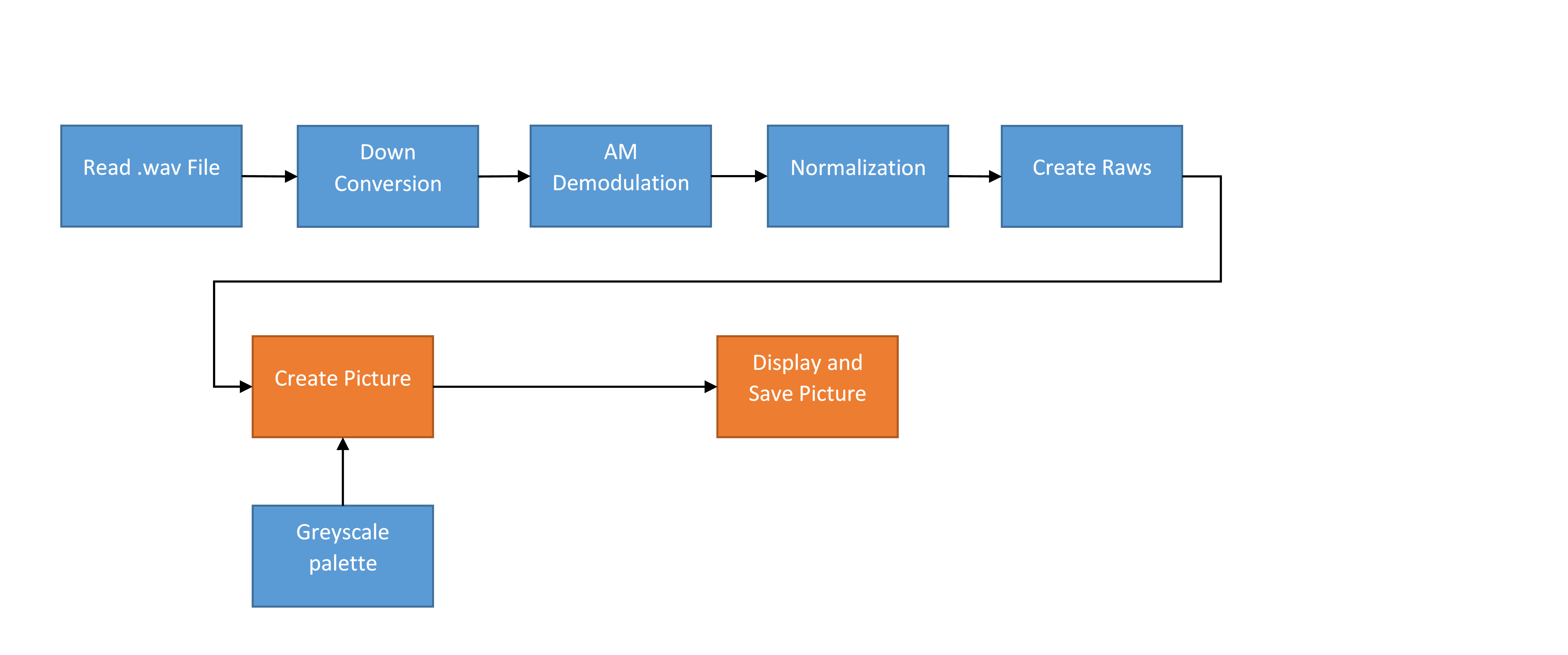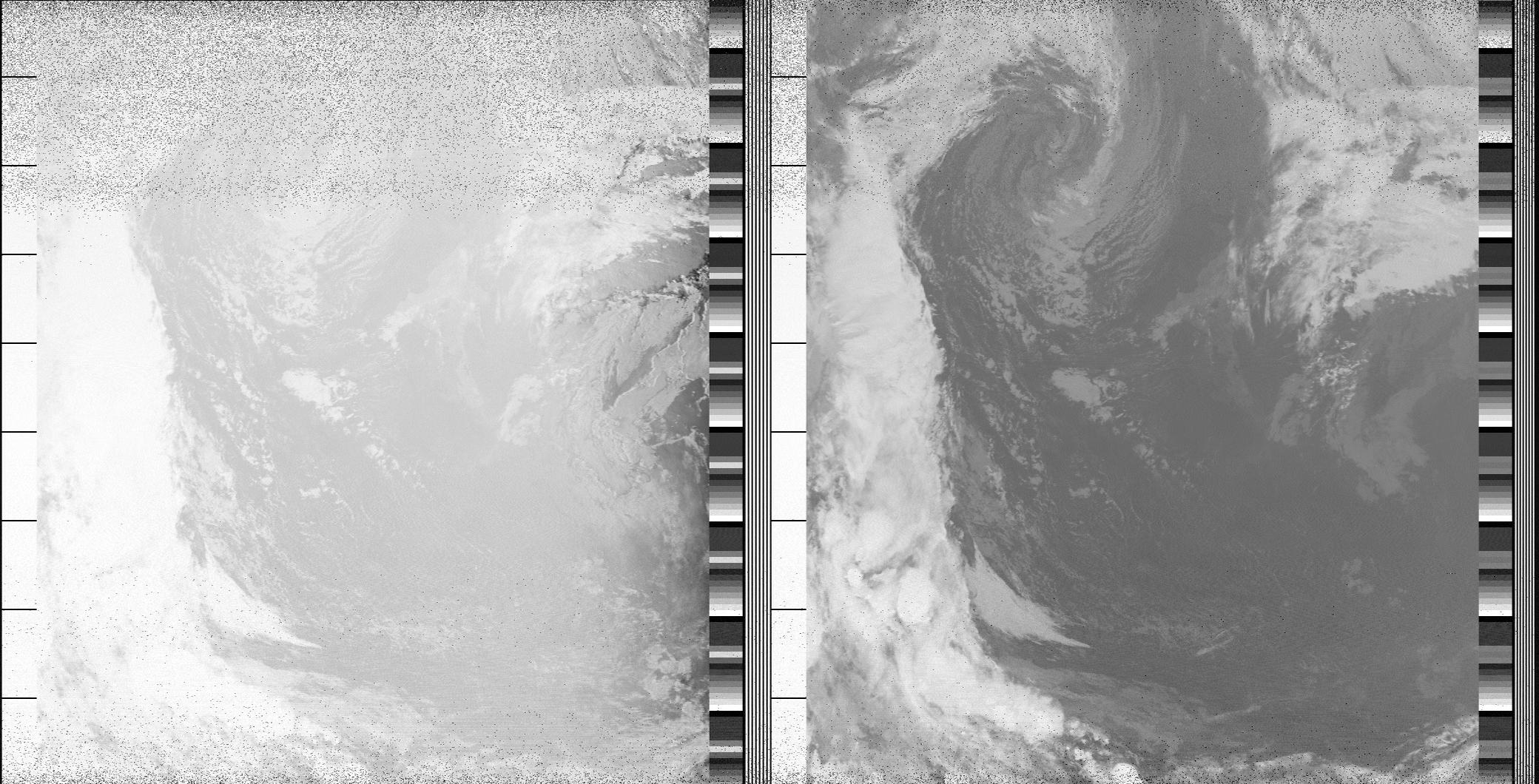
Go back to Audacity and adjust the sample rate again and keep going until hopefully WXtoImg will process it Can WXtoImg produce map overlays from recordings made by other programs? Yes.

Open the exported audio in WXtoImg and see how much the image has shifted. Then at the bottom in the box labelled Project Rate (Hz) change the value from 11025 upwards by 10Hz or so and then go File->Export and select WAV in the Save as type box.
#WXTOIMG PROCESSING FULL#
To release its full power, registration is required, although the freeware version has more than sufficient features for the beginner This is the most complex of the programs listed. The program can be made to process these WAV files into images in a variety of projections, and can create colour composites of numerous types.
#WXTOIMG PROCESSING PC#
#WXTOIMG PROCESSING DOWNLOAD#
Here you can download 2 WAV-files you can use for testing your satellite program. Of temperatures from very cold cloud tops to hot deserts.Home WXtoImg WAV files WAV files - Fred van den Bosc Thermal Thermal creates a false coloured image using the temperatures from a sensor 4 (thermal infrared) image. Sensor 3 (mid-IR) at night together with channel B (right) showing sensor 4 (thermal-IR) at all times during normal operation. The two images are the twoĬhannels sent by the satellite with channel A (left) switching between sensor 1 (visible) or 2 (near-IR) during the day and The earth appears "upside down" on Northbound passes. Images which best represent the original data. Pristine Pristine images are those received by my system from the satellite without any enhancements, except some normalisation to produce

It produces a vivid, false-coloured image as a result. Passes and determines which regions are most likely to be cloud, land or sea based on an analysis of the two images. MSA Multispectral Analysis combines a sensor 1 or 2 (visible/near infrared) image with a sensor 4 (thermal infrared) image on daytime MCIR-anaglyph Map Coloured IR 3D image is the same as MCIR but in 3D showing the clouds at different heights above the surface. High clouds are white and lower clouds are grey. MCIR Map Coloured IR uses sensor 4 (thermal infrared) to create a false coloured image to colour the sea blue and land green.

High cold cloud tops are coloured to give an approximate indication of the probability Image with a sensor 4 image (thermal infrared). About the Enhancements HVCT-precip HVCT false colour creates a false coloured image using the HVC colour model by combining a sensor 1 or 2 (visible/near infrared)


 0 kommentar(er)
0 kommentar(er)
